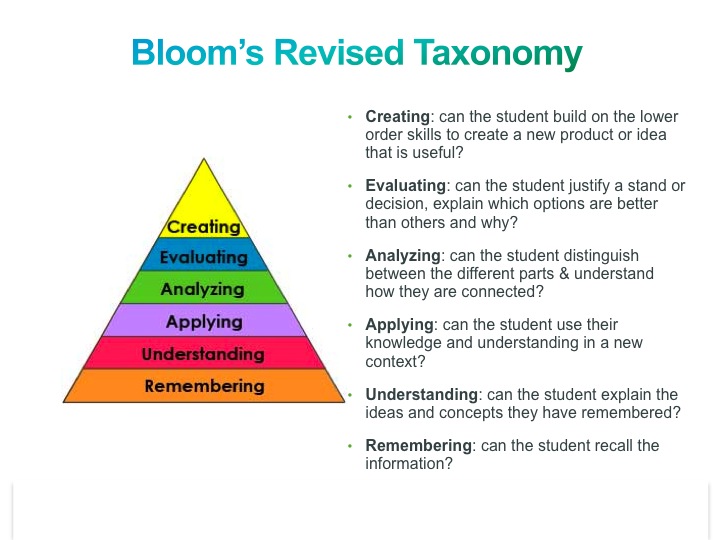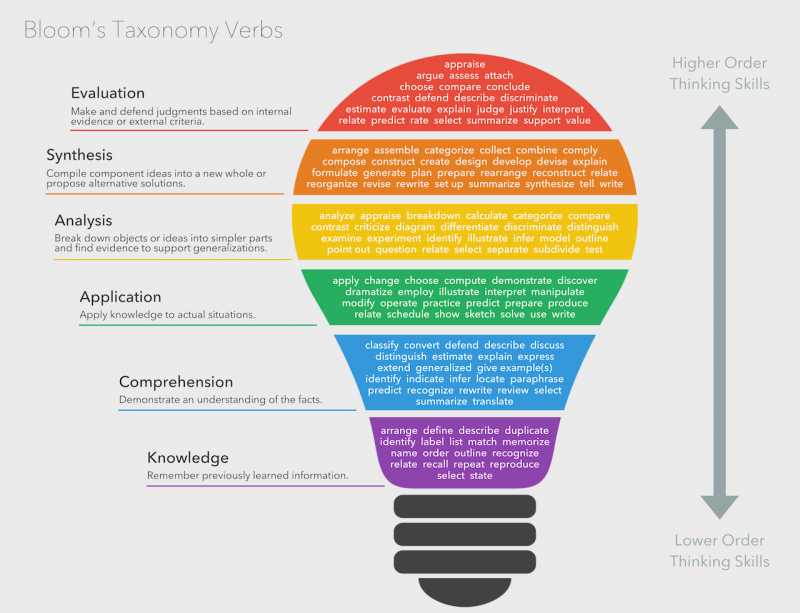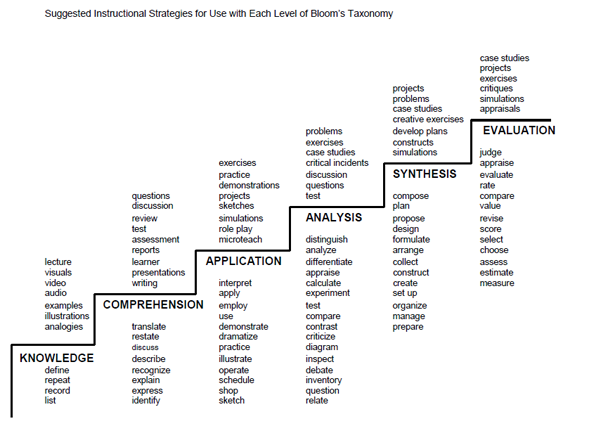Instructional Design, Development, and Delivery
Are you ready to turn your expertise into extra income through online courses or live workshop?
So, you have an idea for a topic that you want to turn into a workshop. You will need to do some needs analysis, identify gaps in skills/knowledge, design a learning experience based on needs, create the activities, materials, tools, and resources to help your clients and students implement what you’re teaching, develop all the specific content, decide how you’ll deliver everything, promote your program, and measure results….
Sounds complicated? Let’s simplify it a bit. It’s easier than ever before to create an online course with the materials that are now available to everyone.
Framework
ADDIE is an Instructional Systems Design (ISD) framework and the most common model used for creating instructional materials. Most current ISD models are variations of the ADDIE process. This acronym stands for Analyze, Design, Develop, Implement, and Evaluate. It is the foundational model for all modern curriculum design today. Click here for more information about ADDIE and how it can hep you think through your curriculum design. ADDIE Model:

- Analysis: What does your audience need? Research your audience and gain an understanding of the problem, and the scope of training that could solve it. The solution will be a well thought out goal that is results driven. This ensures that the training will have a positive impact upon you, your bottom line, and the participants lasting learning.
- Design: How will you provide the solution? This is where you create an outline with the learning objectives/outcomes (Robert Mager’s Learning Objectives).
- Development: Development goes hand in hand with design. This is where you will build on every objective and module by identifying the instructional methods and creating the materials, tools, exercises, activities, resources and media that will be in your course.
- Implementation: Conducting and delivering your online course or live workshop.
- Evaluation: You must be agile. Don’t wait until the end to survey your students or make adjustments. Performed evaluation throughout the training process.
Know your Audience
Knowing your audience is key to creating and selling your online course or live workshop. Before starting to build your online or offline workshop, you need to have a full understanding of who you want to reach and teach. You must have a very clear understanding of your client avatar, or you’ll have a tough time filling it and selling it. If you have tried and struggle with selling your knowledge or information products, in one form or another, then it is mostly likely this area that you need to work on. It all starts and ends with your participants. I cover all the aspects of identifying your ideal clients in-depth in many of my courses, such as Breakthrough Branding. For now, here are some questions for you to consider when doing your research:
- Who are the learners and what are their characteristics?
- What is the desired new behavior?
- What types of learning constraints exist?
- What are the delivery options?
- What is the timeline for project completion?
Instructional Design and Curriculum Development
First, create very clear objectives for your course. What will the participants and attendees learn? Keep revisiting and fining them along your journey of creating your course.
Most experts, by nature, know their topic inside and out. To turn your expertise into extra income means delivering it in a way that works for your learners, consider these models and material suggestions:
Bloom’s Taxonomy is another foundational model in instructional design, created by Benjamin Bloom in the 1940s/50s. Use this to help understand the level of learning you need to convey to your participants, and to create appropriate learning materials and activities. As the expert, your expertise is near the top. Your participants are usually the bottom 2 or 3 levels, when compared to your knowledge and learning level in the topic.



Robert Gagne’s 9 Instructional Events

Create an inventory of your media and learning tools
- Videos
- Audios
- Webinars
- Flip Charts
- Handouts
- Checklists
- Templates
- Books/Guides
- Models
- Mnemonic
- Stories
- Zoom
Implementation: Setting Up and Delivering Your Course
You can put your courses on Lynda or Udemy, which are course marketplaces. But I like Thinkific the best, because you can brand it yourself. It’s not a marketplace, it’s your school, academy, training program – it’s just for you and your students. They have a free and paid version. One of the main advantages of the paid version is that you can create courses with monthly recurring payments, where as the free version only offers the ability for one-time course fees.
Orientation: When starting your online course or live training workshop, establish your credibility and peak attendees interest. This is the first thing you will state in a live program, or if it’s a self-paced online course, then put this in the “Getting Started” section.
Use my INTRO formula:
I – Interest/Impact: Engage the delegates by asking a controversial question; or by making a provocative statement; or by telling them something startling; or by referring to a current ‘hot’ topic (‘Did you see in today’s paper…?’)
N – Need: Why should the delegates be there, let alone listen and learn? Put yourself in the delegates’ shoes and see how you can make it relevant to them.
T – Timing: Say how long each session will be, and how it fits into the overall plan for the course. ‘This session lasts for 45 minutes, after which we’ll be having the morning break.’
R – Range: Briefly outline the range or scope of this session, and how it fits into the overall plan. Note the word ‘briefly’ – don’t give too much detail at this stage.
O – Objectives: Tell them specifically what they will take away from the session.
>>> Also provide your participants with all the necessary orientation information, such as links, instructions, and login credentials for access their course materials. Do not create additional learning barriers by making it hard to find what they need to be successful in your course. Make it easy for them to access everything.
Promoting Your Course
For both online and live courses, use all of today’s top social media and online marketing strategies for promoting your course, and to compliment your offline promotional activities. Creating strong community connections long before you run your course is helpful. Whether you already have a strong database or need to build one, get out into your community and do as much networking as possible. When introducing yourself and during your power intro (elevator pitch) offer a compelling incentive to offer so people will opt themselves into your list, and you can then build deeper relationships with them.
Your Course Outline
Now, it’s time for you to create your course outline and course materials, including all of the above. GO HERE to get access to all my courses. You’ll find a Course Outline Template in my “Rapid Revenue System: A Blueprint for Turning Your Expertise into Extra Income by Creating Online Courses and Programs,” along with strategies for planning and promoting your new course or program. I created these templates and courses for you, based on my many years of experience creating courses. Use these templates to get started with building your own course:







